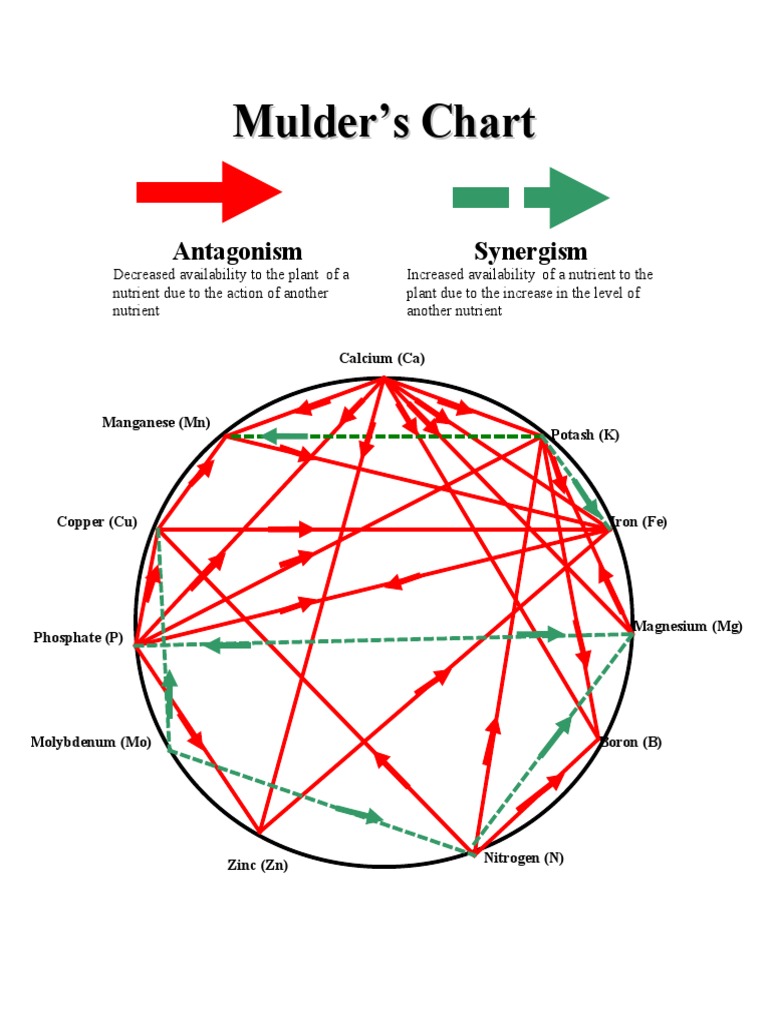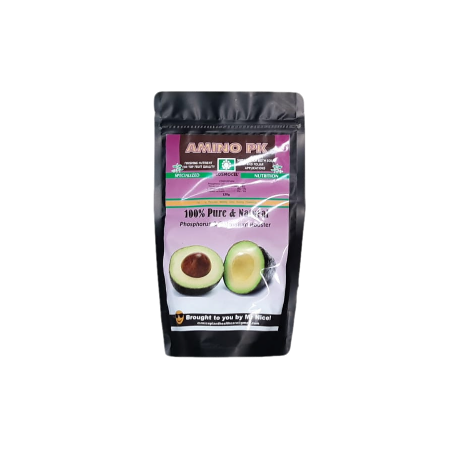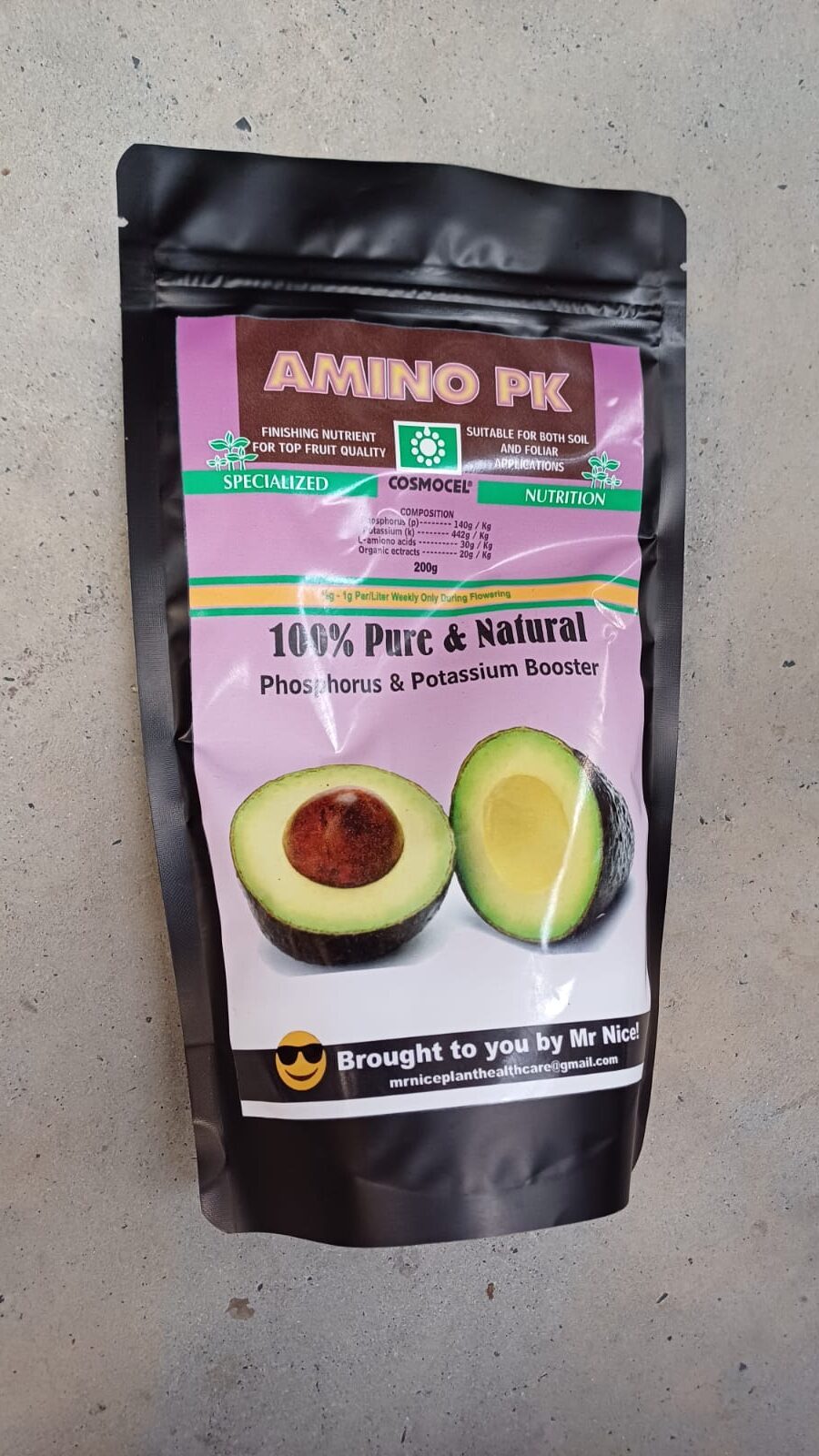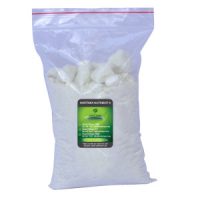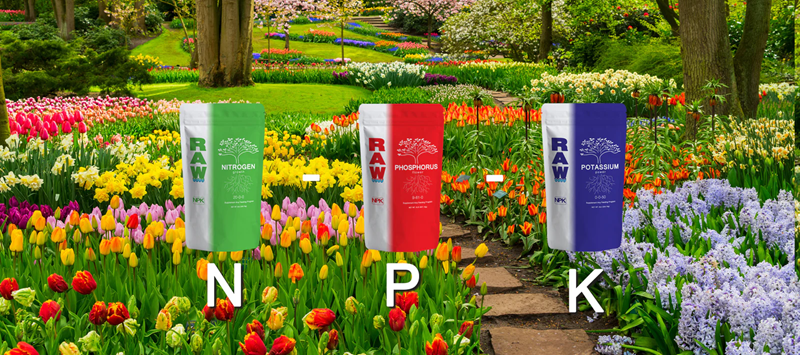Cosmocel Amino PK Finishing Nutrient
R360.00
In stock
Description
Cosmocel Amino PK Finishing Nutrient is concentrated source of Phosphorus and Potassium, mixed with L-Amino Acids.
- Potassium helps increase the weight, density and volume of fruits and flowers.
- Phosphorus during flowering increases terpene and essential oil yield in Cannabis, which creates richer flavours and aromas.
- Amino PK will improve fruit filling and the colour and size of fruits and vegetables.
Cosmocel manufacture 4th generation plant nutrients using Amino-gram technology. An Amino-gram is a combination of different amino extract used at various ratios, to fit each element. This enables Cosmocel products to have an absorption rate of over 70% compared to other ranges that only obtain 20 – 30%.
Sold in 200g Sachets ( Makes 400lt of solution )
Cosmocel Amino PK Finishing Nutrient COMPOSTION:
- Phosphorus (P): 140 g/kg
- Potassium (K): 442 g/kg
- L-Amino Acids: 30 g/kg
- Organic Extracts: 20 g/kg
DIRECTIONS:
- Use during flowering / fruiting or when P or K deficiencies exhibits
- Dissolve 1/2 g/liter and mix well
- Apply weekly for indoor plants
- Apply every 15 days for outdoor plants
STORAGE:
- Store in cool, dry conditions
- Seal bag well after opening to avoid caking
- Shelf-life in properly closed packaging: 2 years
The influence of plant nutrients on each other:
Some deficiencies – or excesses on occasion – are not caused by a shortage of the element in question but rather by a poor combination with other nutrients.
In 1953, D. Mulder published his “Les elements mineurs en culture fruitière”, the “Mulder chart” is one of the first studies of how different nutrients interact. The study included a graph, which is now commonly used. Over the years, other researchers have added other possible synergies and antagonisms. Clearly, studying the interactions between nutrients is essential for improving crop yield.
Looking at Mulder’s Chart, you can see 11 essential plant nutrients and micronutrients arranged around a circle. Solid and dotted lines connect the nutrients, with arrows heading one way or the other. Solid lines indicate an “antagonistic” relationship, which means high levels of one nutrient leads to a problem absorbing the nutrient being pointed to, while dotted lines indicate a “synergistic” relationship.
